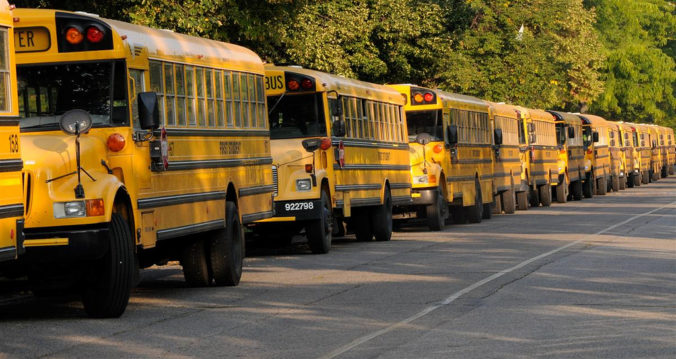On Tuesday (note: November 14), I came home to find JJ hanging the Exceptionally Large Wreath on the front of our house. Let’s reiterate: November 14. We’re still a week away from Thanksgiving. He even turned it on. He strung lights around the top of my kitchen cupboards (which, admittedly, give off a certain beauty when they glow in the evening.)
He’s not alone. November 1 my FB feed LIT UP with the premature Christmasing. Some folks get excited about the carols every year, but others, who aren’t chronic pre-season celebrators, also indicated that they were feeling particularly festive about the holidays already.
Of course, Theory A is that the Economic Machine that is the retail industry is behind it all. I’m sure they’re happy to see the early elfing, but I’m not convinced this to be the cause. Every year we hang stockings around the big box stores by Halloween and every year the culture decries the overstepping of boundaries, but this year I’m catching a different vibe from some people. The Thanksgiving Die Hards still want the Turkey to be featured first before moving on to eggnog, but I hear hints in their voices as well that they’re ready for the feasts to begin. I feel like our culture is yearning for the holidays without retail assistance.
The holiday season, the final two months of the American calendar year, holds a lot of meaning to nearly everyone, no matter if a person holds to the Christian religion that centers on Christmas. It’s a time traditionally allotted to family and friends; we finally get around expressing gratitude toward the people we love and appreciate through gifts, cards, or – more popular now – experiences and moments. It’s the season of gathering, not just the harvest but the people with whom we hold close ties. For those who hold negative feelings about the holidays, it is often evoked by a lack of these ties, or broken connection to people foregone.
In short, the holidays are about connection. Whether it’s connecting to family, to friends, to God, or to the community around us, it’s a season where we remember that we belong to one another.
I cannot think of a time (post Civil war? post WWII?) where our society has felt the quakes and rifts so strongly. (Of course, I wasn’t alive back then to compare. And I’m not a studied historian. And data will be hard to come by.) Yet when we look across the landscape and the headlines, we’re seeing bigger and bigger divides, not just by political party, but also by race, gender, and even within religion. We’ve seen an uptick in uprisings centered around the ways in which some have been historically mistreated because they’re not white, male, and Christian. The Woman’s March, the stand against Nazis in Charlottesville, the #metoo viral awareness movement – these are just the headliners of the ways 2017 rustled our feathers and asked us to dig deep into our collective unconscious and ask hard questions about who we are and what we believe to be true about other people. (At least, they should. If not, than that’s why these things keep arising.)
Add to the mix of divisive topics and issues, we’re living more of a solitary existence now than ever. At least partially to blame is our dependence on social media to “connect” which leaves us feeling lonelier than ever. (Add a dose of FOMO and your loneliness compounds.) We desperately want to be seen, understood, and included. Our society and our networks are highlighting the ways in which we feel forgotten, excluded, and sometimes, just plain terrible.
So we find ourselves one year after one of the most heated elections, in a collective heap, tired of the fighting, tired of the yelling in all caps, tired of the anger, tired of trying to move through our routines as if everything is fine, just fine. The holidays seem so alluring.
Finally, we’re forced to come together (because it’s the holidays and we love each other, dammit!). The holidays require that we all try. This season elevates the other – giving instead of receiving, hope and love instead of competition and winning. It’s as if we’re begging for a reason that we have to love the ones with whom we often can’t stand, those with whom we don’t get along, and those who don’t understand us. Give us a reason, and we’ll try harder. They’ll try harder. That reason, unconsciously, might be the holidays.
My forecast for the next month-point-five: a season of unparalleled generosity. I see us collectively longing for goodness and doing what we need to make this world a little better, despite our differences, because we all feel it. We feel the strain of our past year and we’re ready for something softer. I think the busy parking lots will have a few less angry people. I anticipate hearing more stories of people rallying around causes, specifically in our own immediate communities. I foresee pantry shelves getting lined because people know that they have to be the change they want to see, and giving just feels good.
Let’s run with it. If we know what we’re craving, than we can find a way to meet those needs. We can go to all the Home for the Holiday events and support our downtown merchants, wishing family businesses to have a prosperous year as much as Amazon. We can make sure our less fortunate neighbors stay warm and fed. Search extra long and hard to find a thoughtful gift for the family member who wouldn’t talk to you last December. Call friends who you haven’t heard from in a while and invite them for one of your own holiday traditions. Whatever it takes for you to fulfill that connectional craving. If you’re looking for a reason find goodness around you, use the holiday season to go create it.
Swords get heavy after a while, and I imagine everyone is ready to set them down for a feast. We can take a big breath against fear, and let love have the run of the house. Because it’s the holidays. Already.


